Category: 14-15 Season
-

PROGRAM NOTES: PAUL LEWIS
Beethoven’s Late Piano Sonatas If ever a composer were to be remembered as going out swinging, that composer would be Beethoven. As ‘sunset’ periods go, the blaze of glory that the late piano sonatas and quartets, the Diabelli Variations, the Missa Solemnis and Ninth Symphony lit up in the historical firmament can still be felt…
-
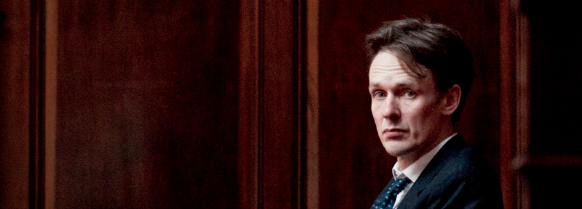
PROGRAM NOTES: IAN BOSTRIDGE & WENWEN DU
Franz Schubert Winterreise It is a fact of musical life that there are commonly accepted ‘right’ ways (and even more ‘wrong’ ways) of performing the great works of past. These works arrive on our music stands embedded with notions of ‘stylistic correctness’ that guide our first attempts at interpretation, serving the same function as the lines…
-
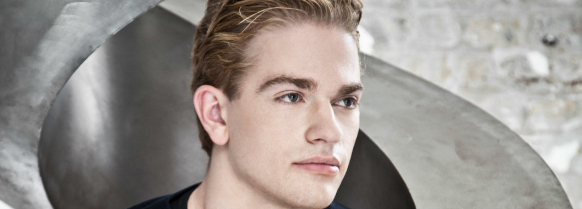
PROGRAM NOTES: JOSEPH MOOG
Ludwig van Beethoven Sonata in C minor Op. 13 (Pathétique) At the end of the 18th century, a young Ludwig van Beethoven burst upon the scene with a musical personality that mixed brooding machismo with emotional vulnerability. This unusual combination soon established him as the Marlon Brando of Viennese composers, with the key of C…
-
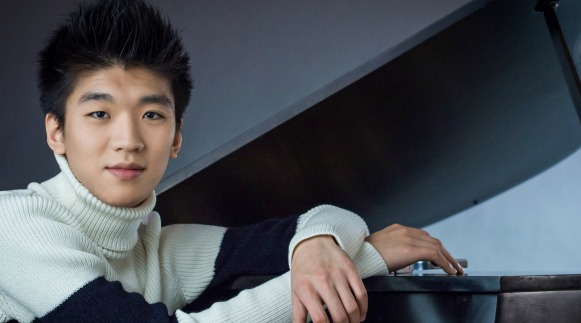
PROGRAM NOTES: YUN-CHIN ZHOU
Domenico Scarlatti Three Sonatas The 550-odd sonatas of Domenico Scarlatti are perhaps the most successful works to migrate from the harpsichord to the modern grand piano. Their transparent texture of simple two- and three-part keyboard writing has one foot in the imitative counterpoint of the Baroque while anticipating the Classical era of Haydn and Mozart…
-
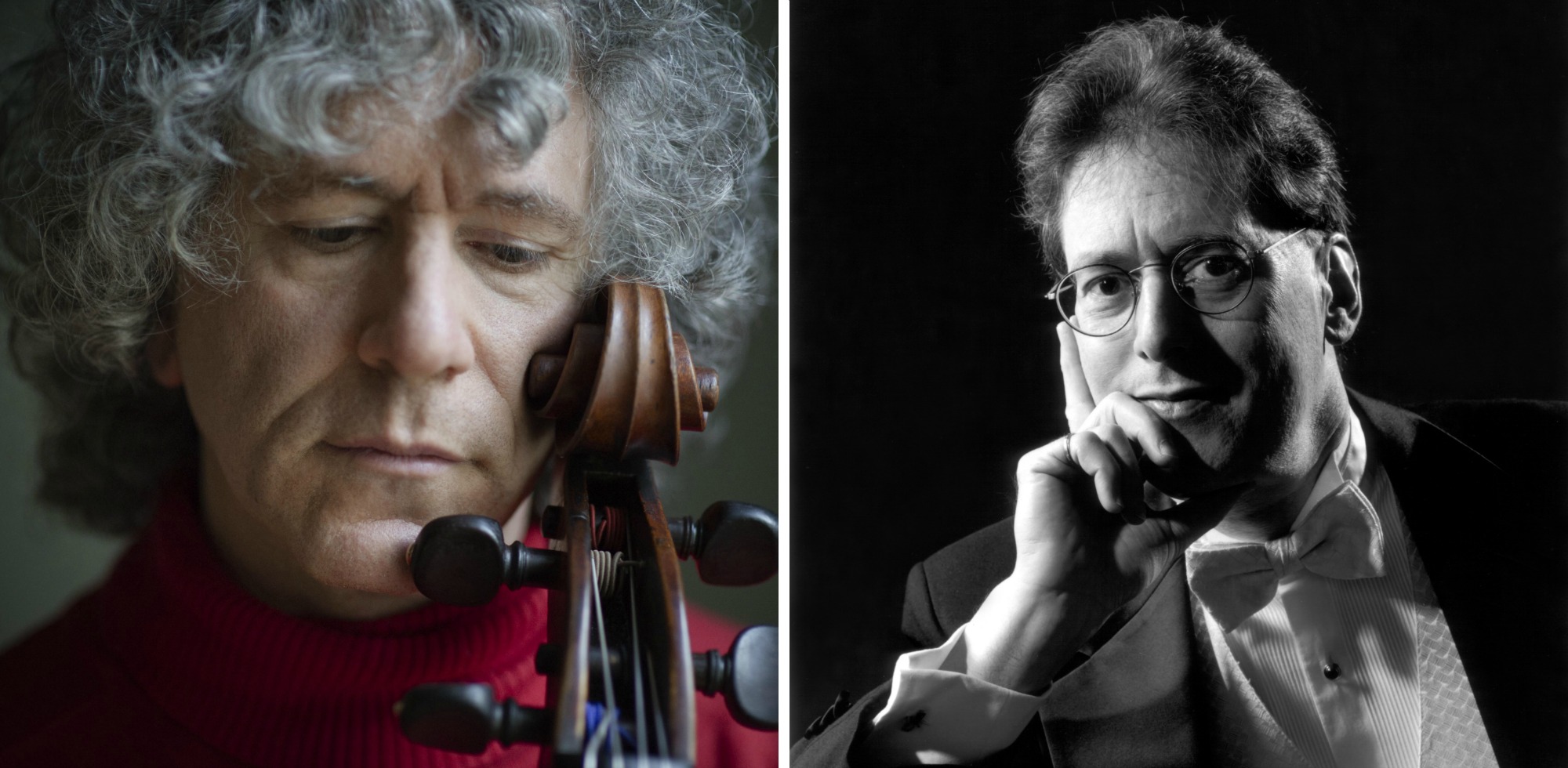
PROGRAM NOTES: STEVEN ISSERLIS & ROBERT LEVIN PERFORMANCE 2
Ludwig van Beethoven 7 Variations on Bei Männern, welche Liebe fühlen from Mozart’s Die Zauberflöte Wo046 Beethoven’s second set of cello and piano variations on a tune derived from Mozart’s Magic Flute was composed in 1801, five years after his previous Ein Mädchen oder Weibchen variations of 1796. In this set, Beethoven picks another simple…
-

PROGRAM NOTES: STEVEN ISSERLIS & ROBERT LEVIN PERFORMANCE 1
Ludwig van Beethoven 12 Variations on a Theme from Handel’s Judas Maccabaeus Wo0 45 In 1796 Beethoven paid a visit to the court of King Friedrich Wilhelm II in Berlin, and cellists the world over are glad that he did. From this visit resulted a number of works for cello and piano that set the…
-
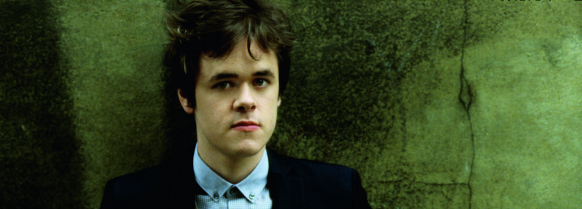
PROGRAM NOTES: BENJAMIN GROSVENOR
Jean-Philippe Rameau Gavotte and Variations in A minor The modern pianist seeking to play the Baroque harpsichord repertoire faces many obstacles, starting with the friendly fire of his own trusty Steinway itself, so different in sound from the perky little plucked-string sound box for which this music was originally written. A note on the harpsichord…
-

PROGRAM NOTES: SIR ANDRÁS SCHIFF
Franz Joseph Haydn Sonata No. 60 in C major Hob. XV1:50 Haydn’s last three piano sonatas, Nos. 60 to 62 (Hob. XVI:50-52), were written during the composer’s second trip to London of 1794-1795. All three were composed with a specific dedicatee in mind: the female keyboard virtuoso Therese Jansen Bartolozzi (1770-1843), a student of Clementi…
-
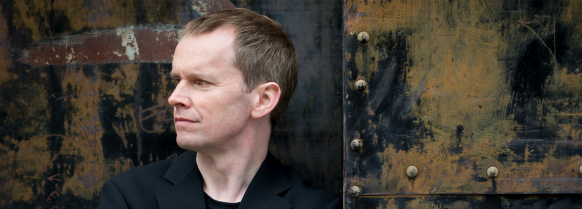
PROGRAM NOTES: STEVEN OSBORNE
Ludwig van Beethoven Sonata in E minor, Op. 90 The use of the piano sonata in marriage counselling has not found wide adoption in the profession since Beethoven first introduced the practice with his Sonata in E minor Op. 90. The curious story associated this sonata is as follows. Beethoven’s biographer Anton Schindler relates that…
-
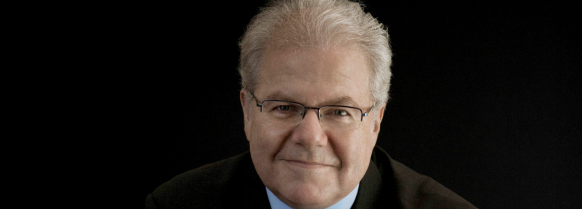
PROGRAM NOTES: EMANUEL AX
Georges Bizet Variations Chromatiques de concert For those that like to feather-dust humming the habanera from Carmen with a rose clenched between their teeth might be surprised to learn that Georges Bizet was not only an opera composer, but also a pianist. Anecdotal accounts of the period reveal that the keyboard skills of Georges Bizet…

